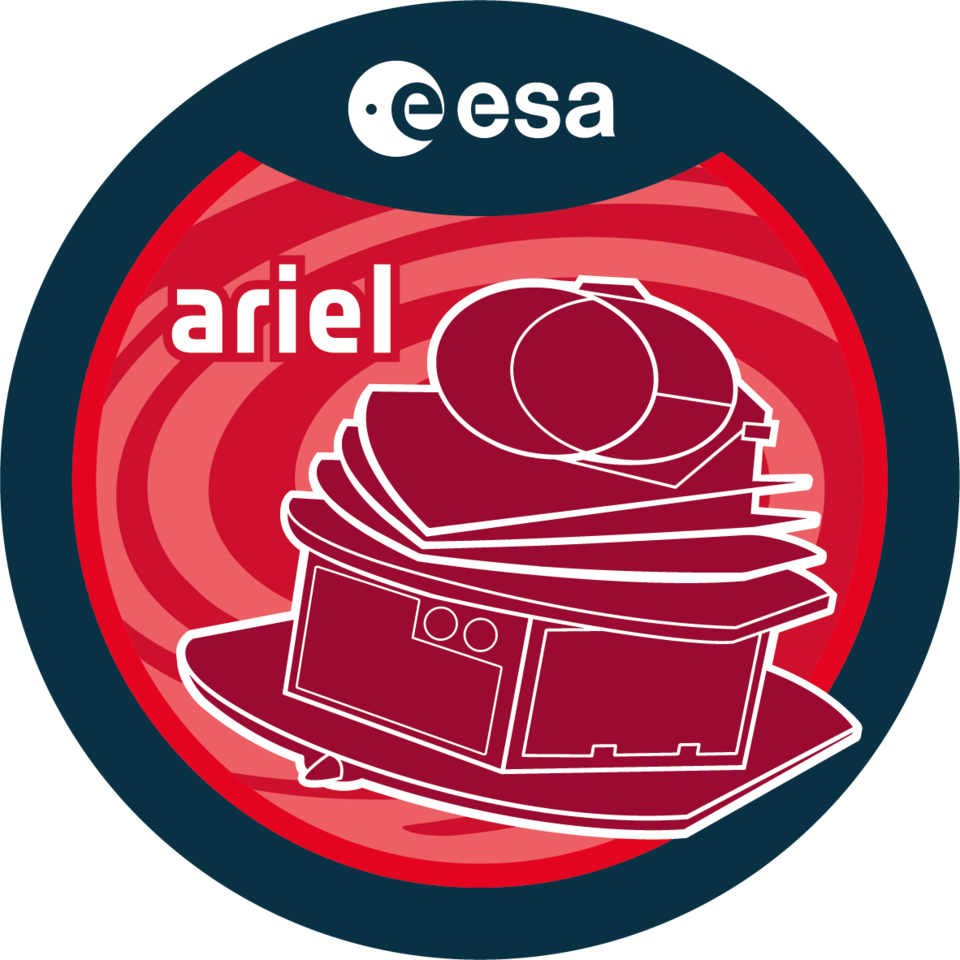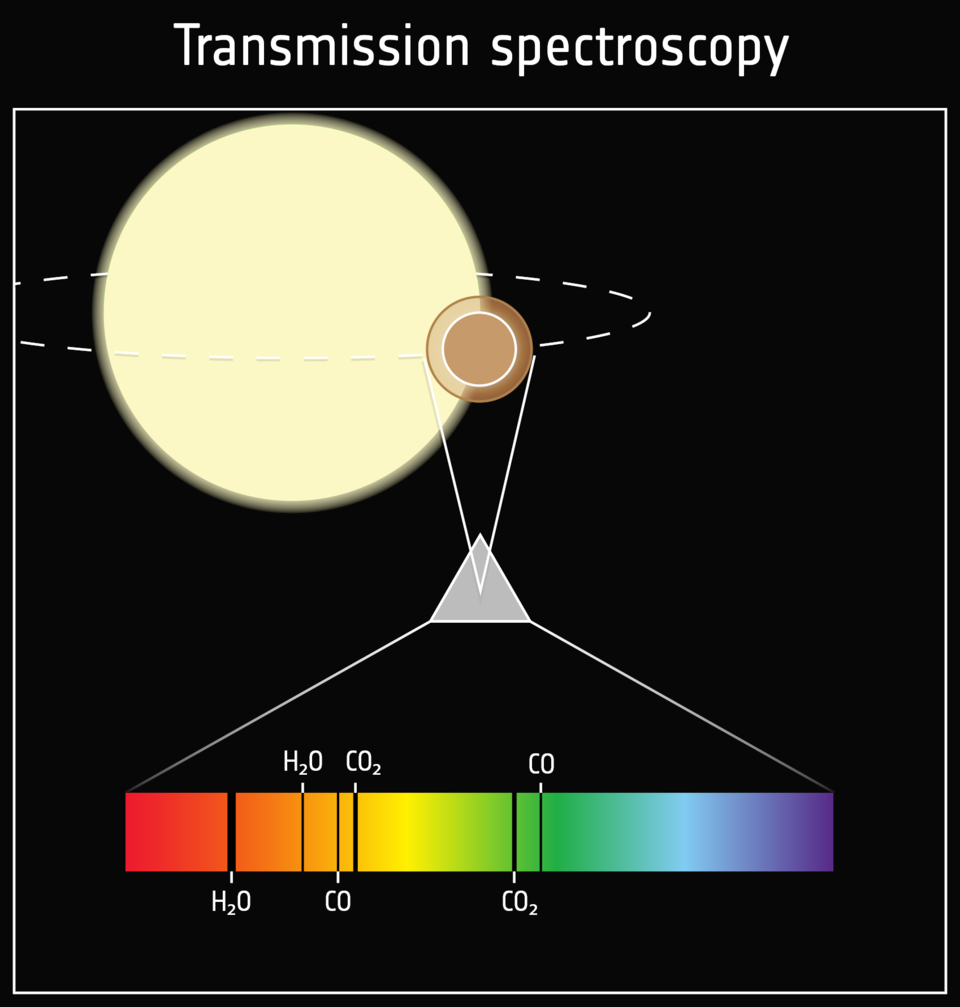The preliminary spacecraft design of ESA’s future exoplanet mission Ariel received approval from the ESA review board and passed the Preliminary Design Review (PDR) with flying colours.
This concludes the important preliminary design phase B2 of the mission that lasted 19 months. During this phase, the design of the spacecraft has been refined, including the requirements for the interfaces, in particular with the payload elements. Ariel’s development plans have also been finalized.
Ariel’s scientific payload, comprising a cryogenic telescope hosting two instruments, Ariel medium-resolution InfraRed Spectrometer (AIRS) and Fine Guidance System (FGS), a cryocooler and several electronic boxes, already passed this crucial review in May of 2023. Ariel’s prime contractor Airbus Defence and Space Toulouse can now begin manufacturing the first spacecraft prototypes: the structural model (SM) and the avionics verification model (AVM).
Ariel’s structural model will be subjected to tough environmental test conditions to verify that the spacecraft’s subsystems can cope with the conditions expected during launch and in space. The avionics verification model will serve to demonstrate the functionality and the performance of the electronic and software systems used in the spacecraft, including control, communication, navigation, and data processing systems. When these two models work properly, the mission will go through the Critical Design Review (CDR) and the actual flight model (the one that will go into space) will be built.
During its mission Ariel will observe up to 1000 exoplanets, ranging from rocky planets like Earth to gas giants like Jupiter. Using its scientific instruments, Ariel will detect signs of well-known ingredients in the planets’ atmospheres, including water vapour, carbon dioxide and methane. For a few planets, Ariel will even study their weather, monitoring clouds and variations in their atmospheres on both daily and seasonal timescales.
“We are delighted that we have achieved a significant milestone in spacecraft design, marking a solid foundation to proceed with detailed development across all subsystems and with the manufacturing phase. The prospect of witnessing the hardware is truly exciting! I’m especially enthusiastic about the manufacturing and assembly of the structural model, as its structure will closely resemble the final product set to take flight.” — Jean-Christophe Salvignol, Ariel’s project manager
“It is fantastic to see the important spacecraft design review successful. Having passed this milestone , we can continue the implementation of this exciting mission that will revolutionise our knowledge of how planets around other stars form and evolve and what their atmospheres are made of. Particularly exciting is the ‘coming into existence’ of the hardware: we will soon be able to see and test the Ariel structural model, which is always a very special moment for any scientist working on a space mission.” — Theresa Lueftinger, Ariel’s project scientist.


